The Dance Studies Association (DSA) has chosen “Dance and Conflict” as the theme of its conference this summer in Malta. This promises to be a huge international gathering now that the Congress on Research in Dance (CORD) and the Society of Dance History Scholars (SDHS) have merged to form DSA.
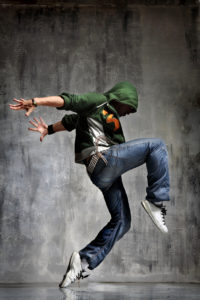
I’m quite excited by this conference theme because dance is often considered to be a trivial pastime. The ways in which dance can bring people together and enable them to overcome differences is often overlooked. Both the paper my daughter will be giving at this conference, as well as my own, investigate the power of dance to build social bonds.
My daughter has been conducting ethnographic research in Honolulu, looking at the small breakdancing community there. She has found deep bonds within this community, despite the fact that breakdancing is a competitive dance form in which crews battle for prizes and acclaim.
My paper addresses the “Dancing Classrooms” program developed by Pierre Dulaine, a competitive ballroom dancer. Since 1994, this program has helped middle school children in New York City gain a sense of pride, confidence, and respect for others through learning ballroom dance.
Beyond that, Dulaine has taken the program to Jaffa, Israel, to teach Jewish and Palestinian children to dance together, and to Belfast, Northern Ireland, to work with Protestant and Catholic students. Despite many difficulties, Dulaine has succeeded in overcoming deep animosities through the Dancing Classrooms regimen.
What is it about dance, including competitive dance forms, that builds social bonds? Find out more in the next blogs.

 Long before diversity became a political issue, Warren Lamb was encouraging diversity in management teams. His model of diversity was not based on age, race, creed, or gender. Rather it was based on decision-making style.
Long before diversity became a political issue, Warren Lamb was encouraging diversity in management teams. His model of diversity was not based on age, race, creed, or gender. Rather it was based on decision-making style.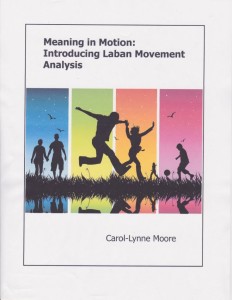 “Meaning in Motion is one of the few, if not the only, contemporary texts to integrate historical, theoretical, and creative frameworks for understanding and studying Laban Movement Analysis,” writes Dr. Andrea Harris, University of Wisconsin, Madison.
“Meaning in Motion is one of the few, if not the only, contemporary texts to integrate historical, theoretical, and creative frameworks for understanding and studying Laban Movement Analysis,” writes Dr. Andrea Harris, University of Wisconsin, Madison.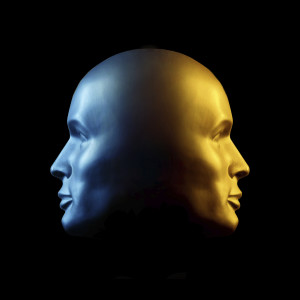 The wintery month of January is named after the Roman god Janus. Janus had two faces, one that looked back and one that looked forward. Similarly, this time of year invites introspection – reflection on things past and anticipation of things yet to be. In honor of Janus, I look back and forward.
The wintery month of January is named after the Roman god Janus. Janus had two faces, one that looked back and one that looked forward. Similarly, this time of year invites introspection – reflection on things past and anticipation of things yet to be. In honor of Janus, I look back and forward.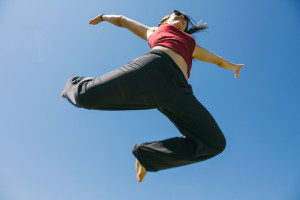 Since the discovery of neuroplasticity (the lifelong capacity of the human nervous system to regenerate and form new neural pathways), we aging Baby Boomers have been admonished to reinvent ourselves and learn new things, presumably so we will stay young forever.
Since the discovery of neuroplasticity (the lifelong capacity of the human nervous system to regenerate and form new neural pathways), we aging Baby Boomers have been admonished to reinvent ourselves and learn new things, presumably so we will stay young forever.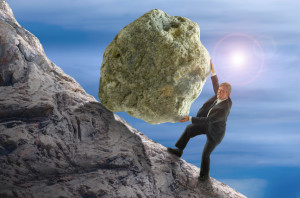 Every voluntary human movement involves applying energy to change the position of the body. Energy can be applied in many different ways. Rudolf Laban referred to these various qualities of kinetic energy as
Every voluntary human movement involves applying energy to change the position of the body. Energy can be applied in many different ways. Rudolf Laban referred to these various qualities of kinetic energy as 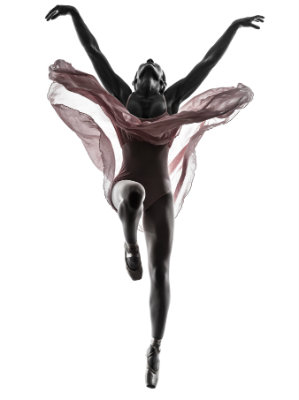 Space isn’t empty for architects. Like a surgical suture, space connects a building with the other objects in the environment. Without empty space, an architectural design has no context. What isn’t there allows us to see what is there.
Space isn’t empty for architects. Like a surgical suture, space connects a building with the other objects in the environment. Without empty space, an architectural design has no context. What isn’t there allows us to see what is there.